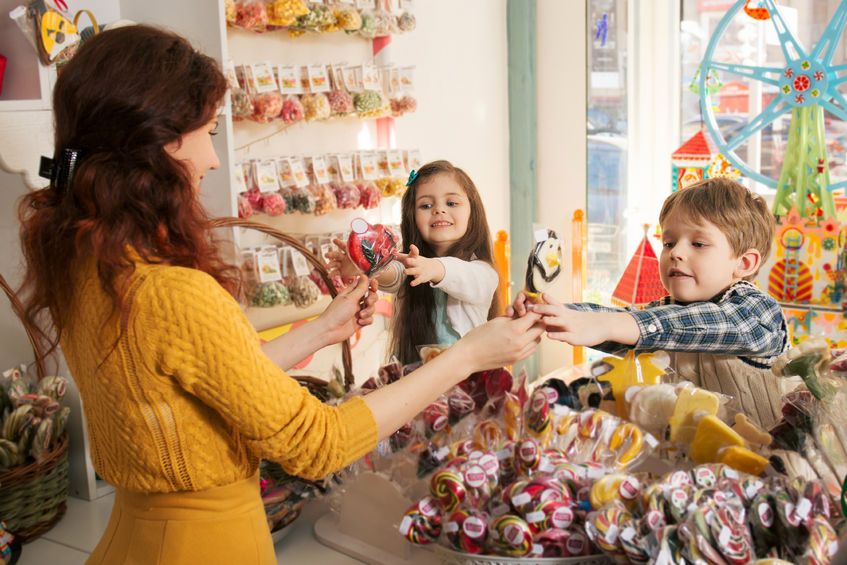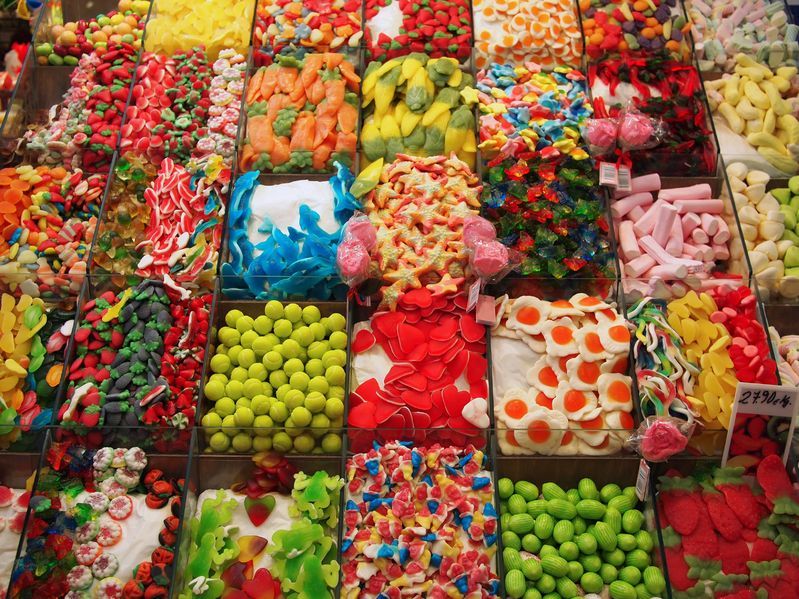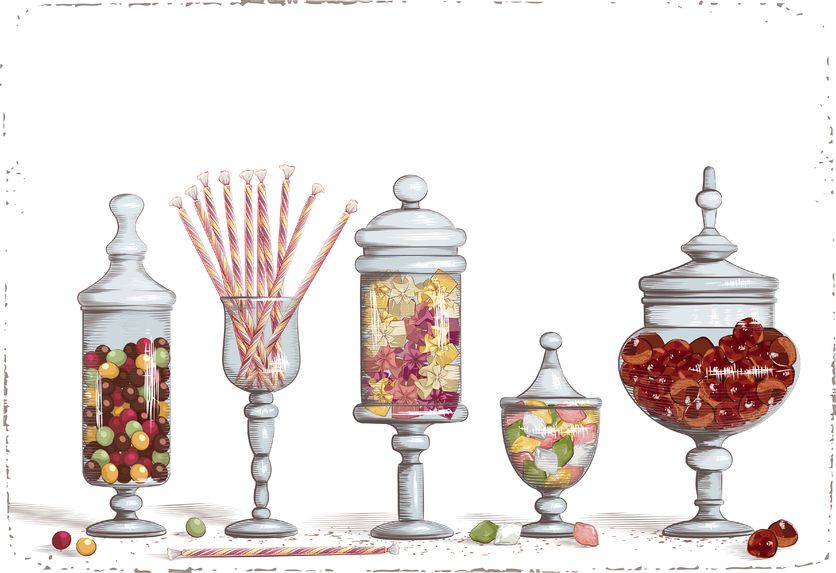A penny candy store. Just the thought of it brings a sense of excitement and nostalgia for that day when a parent or grandparent handed you their loose change and set you free amidst the glistening rows of sweet treats. A lot has changed over the years, but you can reclaim that sense of wonder by setting up your own penny candy store.
It makes a perfect booth at your church carnival, light-labor alternative to the classic bake sale, or learning tool to teach kids about handling money. Even with bulk candy , we can’t guarantee it’ll only cost a penny, but we can guarantee that you and your visitors will love this retro candy experience.
What Is Penny Candy
Before we get started. Let’s talk about what penny candy is. According to MentalFloss.com penny candy has been around since the early 19th century. It came in a range of sizes and shapes.
Usually displayed in glass jars, allowing the colorful candy to be seen by eager children and adults.he very first candies were unwrapped and sold by weight.
Several sources say that the Tootsie Roll was the first penny candy to be individually wrapped, but not everyone agrees. What’s certain is that Tootsie Rolls fast became a crowd favorite.
Setting Up Your Penny Candy Store
Follow our step by step guide and your penny candy store is sure to become a crowd favorite as well.
Step 1: Buy your candy. The best part of running a penny candy store is picking out your favorite candy. Of course, you’ll want to taste test to make sure you’re selling only the best. Buy bulk candy to get the most bang for your buck.
Classic Penny Candies include: tootsie rolls, candy sticks, atomic fireballs, Bit-O-Honey, candy buttons, candy necklaces, peppermints, Sugar Daddy, Pixy Stix, Mary Janes, Bottle Caps, Tootsie Pops, Hersey’s Kisses, chocolate coins, gum balls, and so many more.
You can use almost any small candy that is available in bulk. The options are almost limitless.
Step 2: Gather your Supplies. Setting up a penny candy shop is a lot like designing a candy buffet. You’ll need glass containers to display the candy, tongs or scoops to serve it, and small bags or boxes to package it for customers.
Other helpful items include a cash box or apron to store money, a calculator, and a small kitchen scale if you plan to sell by weight instead of by piece. Generally, wrapped candies are sold per each while unwrapped candies are sold per ounce.
Step 3: Add some flair. Once you have the basic supplies you can add some personality by decorating your penny candy shop. Colorful tablecloths and funky food labels can help set just the right mood and get customers excited to buy.
A theme isn’t required for your penny candy shop, but it does make things more fun. For example, if you’re running your store during church carnival at Easter, you might choose a spring theme.
If you’re trying to evoke a sense of nostalgia, you might pick candy from a particular decade, like Sugar Daddys and wax bottles for a 50’s theme.
Step 4: Price your candy. You might hear the term penny candy and think that you can only charge one cent per piece, but the term is misleading. Most penny candy actually costs somewhere between 5 and 75 cents.
The idea is to keep prices low enough that people can purchase your candy using pocket change. What a sweet idea.





Leave a Reply
You must be logged in to post a comment.